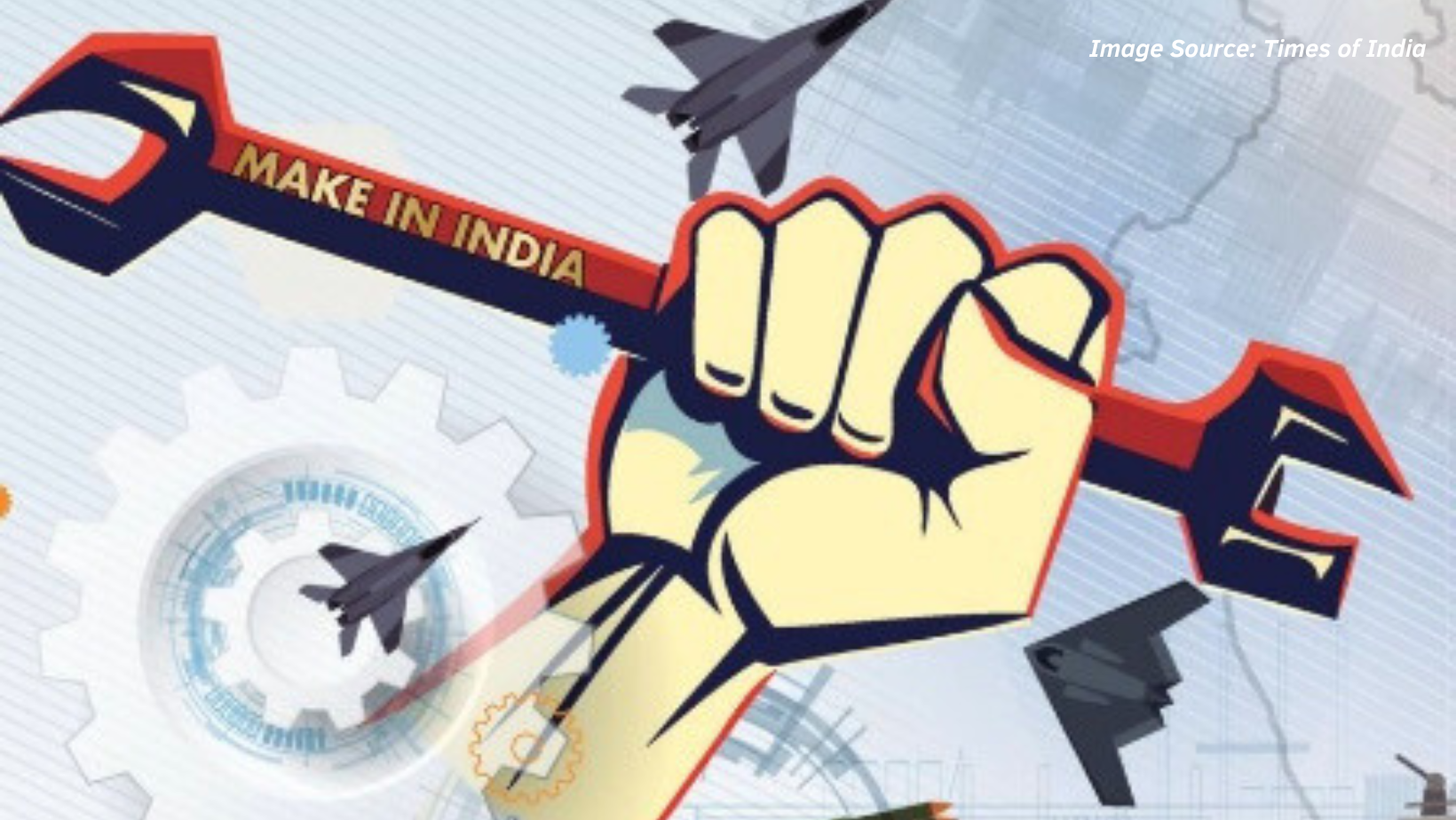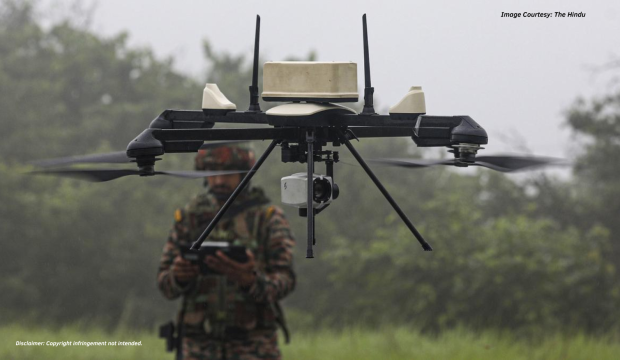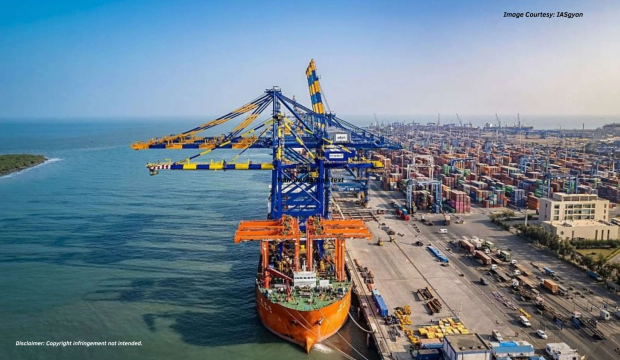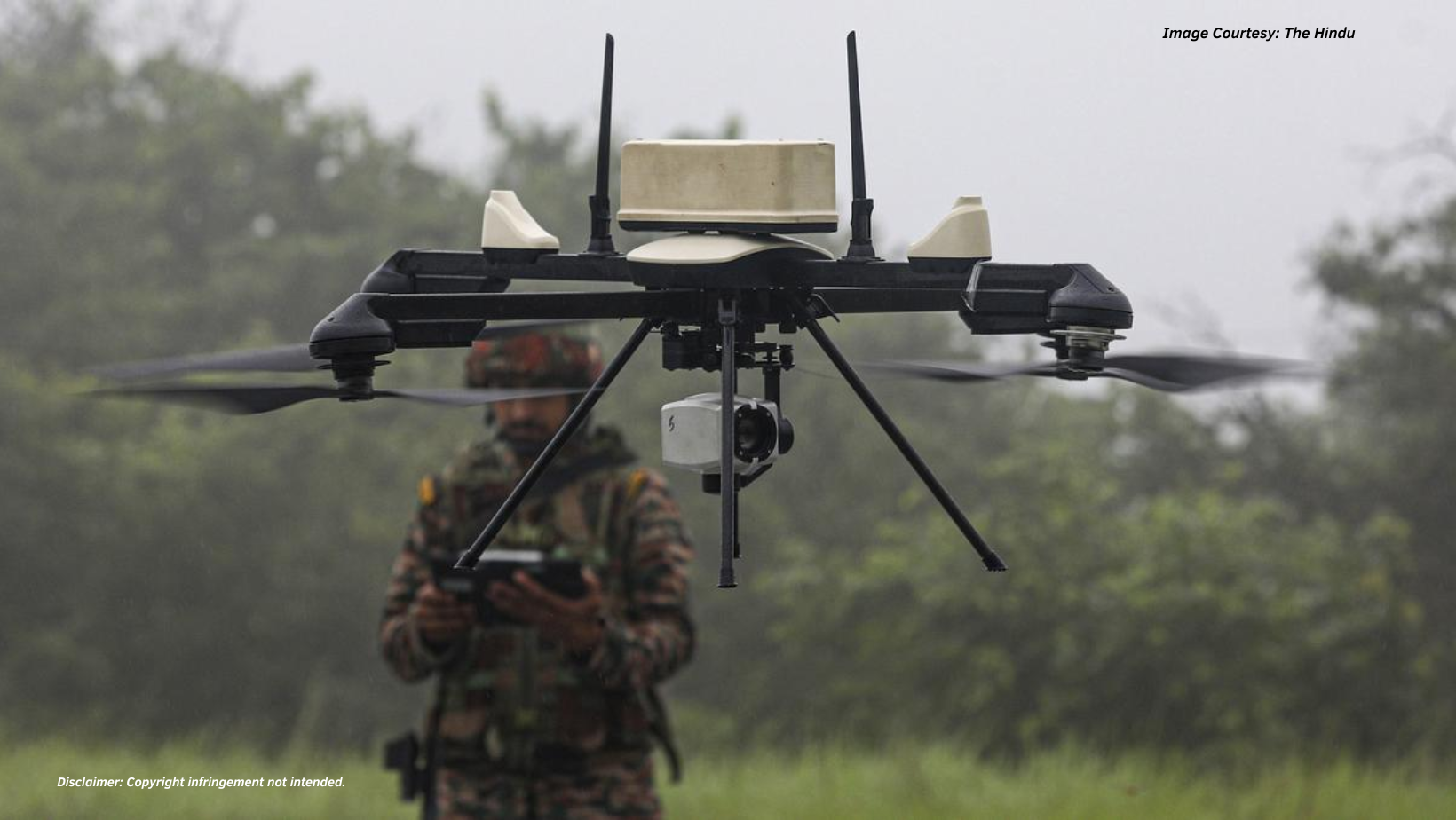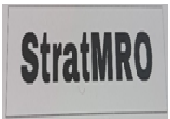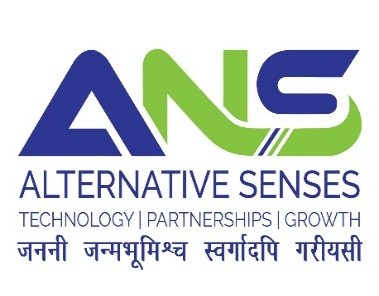Background
Indigenisation is the capability of developing and producing any defence equipment within the country for the dual purpose of achieving self-reliance and reducing imports. As per Stockholm International Peace Research Institute (SIPRI) report released last year, the total global military expenditure of the world in 2023 was pegged at 2,240 billion USD, surpassing the two trillion USD mark for the second time in succession. The SIPRI report places India as the fourth largest military spender at 81.4 billion USD, behind Russia (86.4 billion USD), China (292 billion USD), that spends four times, and the US (877 billion USD) which spends ten times India’s defence budget[1].
In its latest report released in March 2024, SIPRI mentions that Indian imports have increased despite Government’s Make in India initiative, which aims to promote India as most preferred manufacturing destination. India, as per the report, presently accounts for ten percent of total imports[i]. Concurrent with increase in India’s spending by 33 percent since 2014, its imports have also increased by 4.7 percent during the period[2]. With its ongoing border disputes, multiple security concerns and threats and more importantly India’s rising stature in comity of nations, its security challenges and consequent defence spending is bound to increase manifold.
The annual Indian defence production which was around Rs 40,000 crores in 2014 has now crossed Rs 1.1 Lakh crores. DPSUs accounted nearly seventy five percent of this[4]. While a transformation of military-industrial complex is underway, the Defence Industrial Base (DIB), consisting of both government and private industry, is yet not capable of fully sustaining Indian Armed Forces[5]. Consequently, Russia still remains India’s main arms supplier accounting for 36 percent of India’s arms imports, France and US were other major suppliers who supplied 33 percent and 15 percent of equipment respectively in the last fiscal[6]. Dependence for arms and associated technologies on other nations ultimately takes away a large portion of defence budget and also undermines our quest for achieving complete strategic autonomy[7].
The major problems which have restricted the DIB from enabling self-reliance are monopoly of Defence Research and Development Organisation (DRDO), limited indigenous defence manufacturing sector, insufficient research budgets, closely guarded technologies of foreign manufactures, delays in delivery and lack of faith amongst end users i.e. Armed Forces. While the Government’s focus towards indigenisation is well intended, but any hasty efforts and undue insistence on complete self-sufficiency is likely to lead to development and manufacture of diluted and outdated products. The other associated issue is that most indigenous equipment comes at a much higher cost than imported items. Main Battle Tank (MBT) Arjun and Light Combat Aircraft (LCA) are arguably such ventures. To become a leader in defence products’ manufacturing, the equipment must match international standards and meet production timelines. Indigenous defence production, if not technologically relevant, will remain inconsequential towards capability development.
Need for Self-Reliance
In an era of uncertainty, self-reliance in defence production is a key national security insurance policy. Technology, globalization, trade, demographics and national interests are at the heart of new contestations amongst nations. The pandemic and the disruption of supply chains, rapid rise of China, threat to global commons and the long-drawn Russia-Ukraine and Gaza conflicts have busted the myth of short-swift wars. It has simultaneously exposed states to the vulnerabilities arising from dependence on fixed sources of critical items; which in turn has brought out the need to onshore critical productions. Issues like radicalisation, terrorism, piracy, illegal migration, and climate change are prime global concerns[8]. PM Modi too, while witnessing a synergised demonstration of defence capabilities at the tri-service fire and manoeuvre exercise on 12 Mar 2024, said that strength of Armed Forces increases manifold when weapons used in wars are made indigenously[9].
Manufacturing and buying from Indian industry definitely makes sound strategic and economic sense, as select countries controlling niche technologies will continue to dominate the world by denying these technologies to other countries or making their accessibility conditional. However, completely isolating ourselves by developing and using only domestic products can be counterproductive as achieving complete self-reliance is neither possible nor desirable. To ensure strategic autonomy, it is unequivocally imperative to enhance self-reliance both through indigenous efforts and enhancing linkages with developed countries.
Technology the New Game Changer
In an era of technology driven warface, technology directly impacts our quest for being self-sufficient. India cannot be totally self-sufficient till the time it acquires complete technological sophistication. This has to be balanced against the development of niche and matured technology in “time”. The speed with which technology is mutating and evolving is continuously outpacing our quest of achieving real self-sufficiency. To counter such trends, all available means in the form of DRDO, Academia, Defence PSUs, Private Sector, MSMEs and Start Ups have to be integrated by robust Government policies into one cohesive ecosystem. Further, the industry should remain abreast with niche and upcoming technology by simultaneously working on the Armed Forces’ requirements of next twenty years.
Curating home-grown technology is all the more relevant as adaption of borrowed niche technology can be a double edged weapon. Mr KG Narayanan, in the Journal of Defense Studies, elucidates that while disruptive and niche technology wins wars, inappropriately applied technology can lead to defeat in wars as well. He further reiterates that high end technology requires deep understanding of its strengths and precincts as well as an understanding of operational environment to realize the desired end objective. Another problem with high technology is that transfers do not survive and thrive except in very carefully designed surroundings. A successful defence deportment emerges only where there is a merging of 3Ts – Threat perceptions, Tactics and Technology application. The need generation process must essentially be through “demand – pull” process rather than by “technology – push” method. Unlike other high end commercial products, indigenous defence systems cannot be manufactured and sold in different technology flavors allowing the market to choose what is affordable[10].
Technology will remain a battle winning factor, as new technologies can even cripple the ultimate deterrence; the nuclear response mechanism. This is elucidated by Prof Ajay Sood, Principal Scientific Adviser to Government of India[11]. Deep fakes and synthetic videos can cause a havoc. Newer technologies like precision guided munitions, hypersonic weapons, decapitation attacks, space-based weapons and cyber quantum technology may render nuclear deterrence unreliable. India has to remain connected with the effects of niche technology to leverage with technologically advanced countries.
India’s Capabilities and Shortcomings
India, despite having a large Defence Industrial Base in the form of Defence Public Sector Units supported by 52 Laboratories of Defence Research and Development Organisation (DRDO) and a widespread and vibrant private industrial capacity, has still not been able to achieve reasonable self – sufficiency. This is surprising as India boasts of one of the strongest automotive, aircraft parts, ships, infrastructure, Chemicals, and IT sectors. It has the largest demographic dividend, with 65% of Indians under 35 years old. Unlike China, which has a shrinking workforce with an aging population; there are 600 million people who are aged between 18 – 35 in India[12]. With abundant natural resources and vibrant academia, all the basic building blocks for achieving self-reliance are available.
We have however lagged in establishing strong manufacturing industrial base due to multiple factors. We have not been able to exploit our outstanding academia for technology breakthroughs that they have partnered on foreign soil, post emigration. Though we have largest IT qualified human resource, but most of it predominantly caters towards service-related requirements and very miniscule is involved in R&D. Similarly, inspite of adequate expertise in metal refineries, not much progress has been made towards achieving metallurgical sophistication and we remain dependent on basic assemblies like gun barrels for tanks on Russia. As of April 2022, India’s auto industry was worth of more than US$100 billion and contributed 8% of the country’s total export and accounted for 7.1% of India’s GDP[13]. On the other hand, an important component driving technology i.e. Microcontrollers and Chips have been a major reason for imports. There, thus, is a gap between low technology and high technology assimilation and exploitation.
Lack of adequate R&D set ups within the industry and vacillations about their own requirements by the armed forces themselves are also responsible for sluggish response from the industry. The current push towards ‘Atmanirbharta’ with its enabling government policies has given rise to vibrant MSMEs and Start-ups and created opportunities which if exploited with a pragmatic roadmap can yield extraordinary results. While this may eventually relieve India of some of its current dependence for high end technologies from the foreign soil, complete self-reliance is still a distant dream.
Current Status of DIB
The Government, in the last ten years, has given a major thrust to indigenisation. It has mandated that the Armed Forces will source all modernization requirements indigenously and import only as an exception after specific approvals of Defense Minister and DAC[14]. Alongside, Raksha Mantri has also stated that it is difficult to apply economic concept of full value of money in defense expenditure since there is no visible revenue stream and no easily identifiable beneficiaries in this sector. He has repeatedly emphasised that innovative methods of defense spending are required to maximize the value of money.
While addressing The 21st Convocation of Tezpur University on 31 Dec 2023 the RM once again said that India is taking all measures to achieve the target of becoming self – reliant in the Defence sector. The Government, he said, is developing a strong base of domestic defence industrial ecosystem to make India a strategic economy[i]. In pursuance of this vision, 509 key items have been identified which will now be manufactured indigenously. In addition, four positive indigenous lists of DPSUs consisting of 4,666 items have been earmarked for manufacture within the country[16]. Resultantly, the indigenous defence production has crossed Rs 10,000 crore for the first time in the last fiscal. The total value of India’s defence exports in 2022-23 was Rs 15,920 Crores. The turnover of DPSUs has gone up by 50 percent in last seven years and their collective share in defence production has gone up by 75 percent[17]. India’s indigenous success stories include Defence India Start Up challenge, INS Vikrant, Dhanush (long range artillery gun), Prachand (Light Combat Helicopter). MoD has also launched 76 challenges under DISC-10 and IDEX. Around 100 new firms have been brought under the defence eco-system.
With this renewed thrust, India now exports arms and other equipment to 85 countries, but these are mostly small and ancillary weapons which account for only 0.2% of global exports. Despite corporatisation and enabling policy initiatives, the turnover of Ordnance Factories has only increased 14.66 percent from Rs 14,825 cr to Rs 16,998 cr. Transition into corporate business will take more time and effort13. Similarly the turnover of private sector has increased 41.22% from Rs 14.104 cr to Rs 19,925 cr from 2016-17 to 2022-23 but its contribution to the total turnover is merely 18.65%. The private industry is yet to reap the benefits of R&D investments of Government inspite of significant portion of budget being apportioned for defence R&D[18]. The private sector has also been slow in taking advantage of numerous policy initiatives and ensure a level playing field for themselves vis-à-vis the defence PSUs.
Initiatives such as defence industrial corridors (DICs), which were mooted in the Union Budget of 2018, have shown healthy progress with substantial investments, numerous proposed joint ventures and specialization based production plans. While the one based in Uttar Pradesh has managed an investment of Rs 2,656 crore, the Tamil Nadu based DIC has garnered Rs 4,085 crore; the target for each DIC is Rs 10,000 crore by 2024. However, more such ventures are required for expansion and consolidation of the domestic DIC.
Reasons for Import Dependence
The major reason for our continued imports is our limited technological know-how in several scientific fields. We do not yet have the capability to fully design and manufacture major weapon platforms. For example, we still have not been able to develop a turbo engine. But spending time and effort in redeveloping a technology which is already available in international market is detrimental. Even if developed, such technologies get redundant by the time these are applied.
Another key aspect is that application of upcoming technologies to produce cutting edge weapons is reliant upon robust and inventive policies. The policy formulation itself is evolutionary which the developing DIB of the nation may not yet be able to imbibe[19]. The Govt has ushered in path breaking policy changes. Modifications to Defence Acquisition Procedures, Srijan Indigenisation Portal, holistic review of functioning of DRDO, various funding initiatives, are aimed at promoting defence technological innovations. There is also a need to build institutional capacity and capability to take different indigenisation policies to logical conclusion.
Building a robust infrastructure for defense industry is an evolutionary and time-consuming process. It has to be supported by strong R&D, innovative culture, technological advancement and a thriving ancillary network. Collaborations within the ecosystem must include the end user, industry, R&D and academia. Collaborations with foreign Original Equipment Manufacturers (OEMs) are also imperative as many core technologies reside with them and these are cost competitive. In this sense, self-reliance and expanding the DIB cannot be linked. Developing a local defence industry takes decades, necessitating a smart balance between imports and indigenous accretions to ensure the required potency. A pragmatic approach is required to ensure of the armament supply chain is in place in the near to mid-term till own capabilities are developed[20]. The push for indigenous R&D and production must coexist with collaborations with FOEMs for cutting edge military technologies to preclude the possibility of short-term voids and vulnerabilities[21]
Indian Needs and Attempting Complete Self-Reliance
Indian defence needs are diverse and large. While autonomy in technology particularly defence technology is an absolute imperative, the quest for complete technological self-sufficiency is hard to achieve. There are a number of existing and upcoming technologies for which a developing nation like India has to depend on other nations. No country can make complete hi-tech defense product by itself. It is extremely difficult for any country to create and maintain an entire eco-system from designing to testing to creating an integrated defence product on its own. Almost all Original Equipment Manufacturers making military platforms, like aircrafts, ships, submarines, missiles, and tanks, are dependent on host of suppliers for sub-systems. Most such suppliers only specialise in specific stages of global supply chain. Dependences for intermediate goods and multilateral cooperation is an unavoidable necessity and not a choice[22]. Certain technologies like microchips have very long and dense global supply chains due to the requirement of rare earth metals. There is also a complicated set of dynamic, strategic, and market forces that intersect to shape and restrict access[23].
The emphasis on indigenisation should not lead to isolating the country from global supply chains but focus on indigenous efforts which maximise our strengths and assets. India therefore needs to attain self-sufficiency through combination of both being a leader in a particular field and building deep connects with the world for technologies and in those arenas where it is lacking. This is possible by dominating those turfs where the West is relatively disadvantaged and at the same time fostering technology transfers in critical and emerging technologies.
Way Ahead
Bilateral Technology Tieups. To promote joint research, innovation and development, the Government has initiated numerous bilateral technology tie-ups. The “Innovation Handshake” agenda, which was previewed by US President Joe Biden and Prime Minister Narendra Modi in June 2023 signals a joint commitment to strengthen the start-up ecosystem and promote cooperation in Critical and Emerging Technologies, institutionalise a standing mechanism to overcome regulatory barriers and export controls[24]. At the inaugural dialogue of the Initiative on Critical and Emerging Technologies (ICET) in Washington DC, both countries unveiled an ambitious road map to position each other as “trusted technology partners” and deepen the defence relationship with a focus on co-production and co-development. Similarly, U.K. Minister for Defence Procurement Alex Chalk pitched for collaboration in supply chain resilience, high-end defence technologies, including jet engine technology which he said, were essential to preserve territorial integrity and to stand up for the international rules-based order of which India was an important part of[25].
Strategic Partnerships. Strategic partnerships with various nations have enhanced India’s Atmanirbhar programme. The United States has emerged as a crucial partner, with initiatives such as the Defence Technology and Trade Initiative (DTTI) and ICET leading to joint research and development[26]. ICET will be a game changer in catalyzing Indo-US technology cooperation, lifting existing export control restrictions and encouraging private sectors of both countries to cooperate[27]. The “Make in India” initiative now encourages foreign defence manufacturers to invest and produce in India. US and India are also embarking on a new defence technology journey focused on dual-use innovations that are private sector led and commercially scalable[28]. India and the US have also agreed to deepen cooperation in artificial intelligence, quantum, space, semiconductor manufacturing and scientific research and development[29].
Collaborative Approach. Collaborative approach, greater partnerships and Joint Venture arrangements for manufacturing, R&D, and acquiring critical technologies between foreign OEMs and design houses will further enable self-sufficiency. Historically, we have not invested enough in the National Research and Development effort. India must step up R&D to achieve competence in design and manufacture[30]. Filling up voids in critical technologies is the next essential aspect. The offsets policy can be a powerful instrument for ensuring higher indigenization and boosting exports[31]. Friendly countries like UK have already stressed on the need for collaboration in high end defence technologies[32]. Transfer of critical technologies along with big ticket purchases from foreign OEMs must therefore be a norm in arenas where India has struggled to achieve break-through[33].
Economic Imperatives. India’s sheer numbers make sound economic sense. Combined with good manufacturing facilities, policy reforms and availability of cheap and trained manpower, these enable ideal conditions for global leaders to setup production facilities in India. Tata Airbus facility to manufacture C-295 aircraft at Vadodra will be the first time a military aircraft will be produced by private sector in India[34]. Such initiatives by private industry with foreign partners will certainly boost the country’s indigenous manufacturing capabilities, encourage private sector, do away with obstacles and propel the defense sector to new heights[35]. For making sound economic case for the industry, experts hold that India’s spending on defence should be over 2.5% of GDP, which presently is 1.51% (FY 2023-24, excluding pensions) to provide capital incentive to the indigenous market. To accelerate growth, private sector has to partner foreign OEMs for making sophisticated platforms like aircrafts, armoured vehicles and small arms. The industry must also simultaneously accelerate indigenisation of semiconductors and strategic materials.
Long Term Military Requirements & Technology Forecasts. Long term defence indigenisation plans and updated TPCR must be regularly shared with the industry to enable them to create capabilities. Continuous scouting and identification of new developments that have an immediate application and those that could spawn into futuristic defence technologies is required to be undertaken by industry, academia, and the military. The industry after due assessment must state upfront their capability in designing and developing a particular technology to an acceptable level in a time bound manner. In case of niche technologies, which cannot be developed in each time frame, it would be more beneficial to form collaborations with foreign entities.
Encouraging Private Sector. Private sector should be encouraged with a level playing field and supportive government policies. They should be allotted big ticket contracts to strengthen their confidence. To encourage exports, the equipment and weapon systems supply chains are critical for a defence manufacturer to optimise costs. MSMEs and start-ups must be given a boost as they play a key role in the global supply chains of OEMs.
Hastening Research. The Global innovations Index at 53rd position in its R&D spending[36]. India spends meager 1.7% of the defence budget on R&D, with the private sector share in defence R&D being negligible. With the aim of achieving total self-sufficiency in design and development, an autonomous Defence R&D council, with scientists and military officers as members, can be created. Joint technology research centres to meet specific needs and Memorandum of Understandings (MoUs) between Services and IITs/ universities must gather pace and show meaningful outcomes in projects and learning. In addition, In-house design capability should be improved amongst three services. Niche technologies driven by innovation can only be fuelled by bright minds and abundant capital. While India is finally able to tap into its young energetic human resource, it is the lack of investment in R&D that is proving to be a hurdle in hastening the pace of innovation.
Conclusion
Self-reliance in defence has rightly been identified by the Government as our national aspiration. It has, in recent times, undertaken multiple steps to ensure India achieve this aim. The Government has also stated its intent to make India a net exporter of military hardware. It has initiated a slew of measures to facilitate indigenous design, development and production of defense equipment. Achieving complete self – reliance takes time. The defense technology, however, is constantly evolving and cannot be sustained by one single country. It includes diverse factors like human resources, military hardware, geographical imperatives, infrastructure development and financial independence. India has to have linkages and strategic partnerships around the world[37] for collaborating design and development. Also such linkages will enable production of high quality world class products and proper transfer of technology. Complete Atmanirbharta may be counterproductive to our stated end state. It is imperative for an emerging global power like India to remain an integral and indispensable part of the global supply chain.
DISCLAIMER
The paper is author’s individual scholastic articulation and does not necessarily reflect the views of CENJOWS. The author certifies that the article is original in content, unpublished and it has not been submitted for publication/ web upload elsewhere and that the facts and figures quoted are duly referenced, as needed and are believed to be correct.
Endnotes
- Stockholm International Peace Research Institute Book 2023.
- Mr Dinakar Peri, The Hindu, 13 Mar 2024 – India was the top arms importer in 2019-2023.
- Mr Dinakar Peri, The Hindu, 13 Mar 2024 – India was the top arms importer in 2019-2023.
- Mr Sujan Chinoy, The Indian Express, 03 Apr 2024 – Atmanirbhar in defence.
- Tribune, 01 Jan 2024 – India Making Def Ecosystem for Self-Reliance.
- Tribune, 13 Mar 2024, Page No – 10.
- The Indian Express (24 Oct 2022) – Indigenising Defence Production is a Good Idea whose Time has Come.
- The Times of India, 04 Nov 2023 – India Establishing Def Wings in New Locations Around World.
- Indian Express, 13 Mar 2024, Page No 10.
- Mr KG Narayanan, Journal of Defence Studies and Doctrine of Self Reliance in Defence Technologies, July 2010, page No 10.
- Mr AK Sood, Tribune, 05 Nov 2023 – Scientific Adviser : New Tech can Erode Nuclear Atmanirbharta.
- The Times of India, 02 Feb 2023 – Is India’s rapidly Growing Youth Population a Dividend or Disaster.
- Wikipedia.
- Mr R Pandit, The Times of India, (26 Apr 2022) – India Spent $77 Billion on Defnce in 2021, China 4 Time More and Defence Acquisition Process Tweak to Give ‘Make in India’ a Boost.
- Shri Rajnath Singh, RM, The Times of India, 01 Jan 2024 – ‘India Making Defence Ecosystem for Self Reliance’.
- Tribune, 01 Jan 2024 – India Making Def Ecosystem for Self-Reliance.
- Mr BK Singh, Jt Controller General, IDAS, Tribune, 28 Dec 23 – ‘Why Defence Production is yet to Achieve its Real Potential’.
- Mr AK Sharma, South Asia Defence and Editorial – Self Reliance in Defence : India’s Journey So Far.
- Mr A Dhari Singh, Times of India, 02 Mar 2022 – Is DRDO to Blame for India’s Acute Import Dependence?
- Air Vice Marshal Manmohan Bahadur, The Hindu, 21 Dec 2023 – India’s Defence Budgeting and the Point of Deterrence.
- Mr AK Sharma, South Asia Defense and Editorial, Page No 11.
- Mr Pranay Kotasthane, Time of India, 28 Mar 2022 – Atmashakti Over Atmanirbharta.
- Mr Prakash Menon, The Print, 25 Oct 2022 – Modi Govt’s Self-Reliance goals for Army : Forcing India to Attempt an Impossible Task.
- Hindustan Time, 16 Nov 2023 – India and US Launch 2 Innovation Handshake.
- Mr Peri Dinakar, The Hindu, 14 Feb 2023 – UK for tie-up in High-End Defence Technologies.
- Hindustan Times Report, 02 Feb 2023, Page No 13 – India and US Unveil Map for Defence, Technology Ties.
- Mr Arun Prakash, Indian Express, 09 Feb 2023 – The Pact’s Fine Print.
- Mrs Kriti Upadhyay, Hindustan Times, 21 Jun 2023 – Scale and Innovation are Driving Defence Ties.
- Mr Jha Prashant, Hindustan Times, 02 Feb 2023 – India and US Unveil Road Map for Defence, Tech Ties.
- Cmde C Uday Bhaskar (Retd), Indian Express 12 Nov 2022 – Plugging the Defence Gap.
- Mr SN Misra, Impact of Def Offsets on Military Industry Capability and Self-Reliance.
- Mr Dinakar Peri, The Hindu, 14 Feb 2023 – UK for Tie-up in High-End Defence Technologies.
- Mr Rahul Singh, Hindustan Times, 10 Jul 2023 – How US is Sharpening India’s Edge in Defence.
- Times of India Report, 28 Oct 2022 – IAF to Progressively Induct C-295 Airlifters from Sept.
- Mr Jyotiraditya Scindia, Times of India, 15 Nov 2022 – A Giant Leap in India’s Development Journey.
- Air Vice Marshal Manmohan Bahadur, VM (Retd), The Hindu, 21 Dec 2023, – ‘India’s Defence Budgeting and the Point of Deterrence’.
- Mr Sujan Chinoy, The Indian Express, 03 Apr 2024 – Atmanirbhar in defence.


